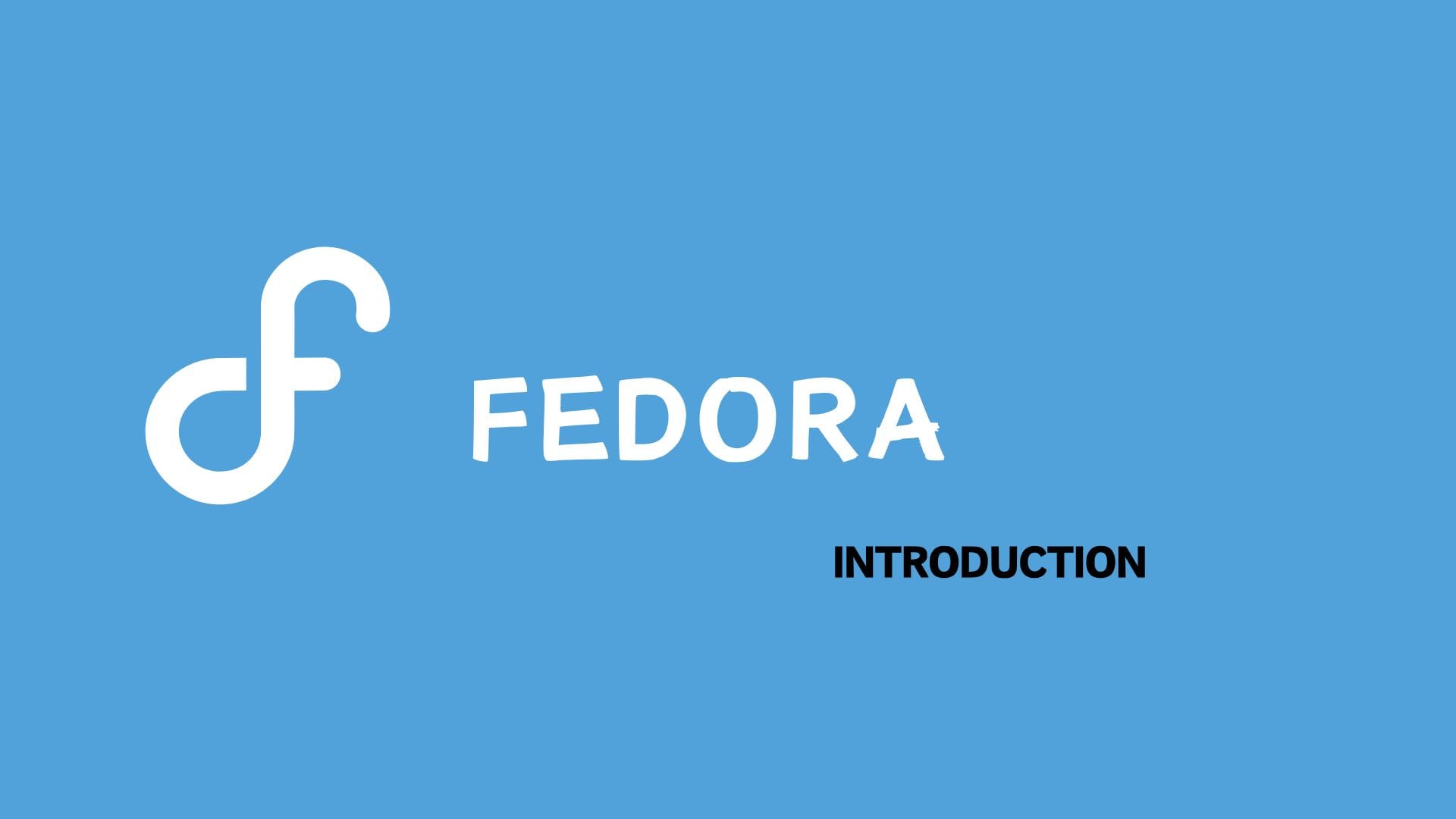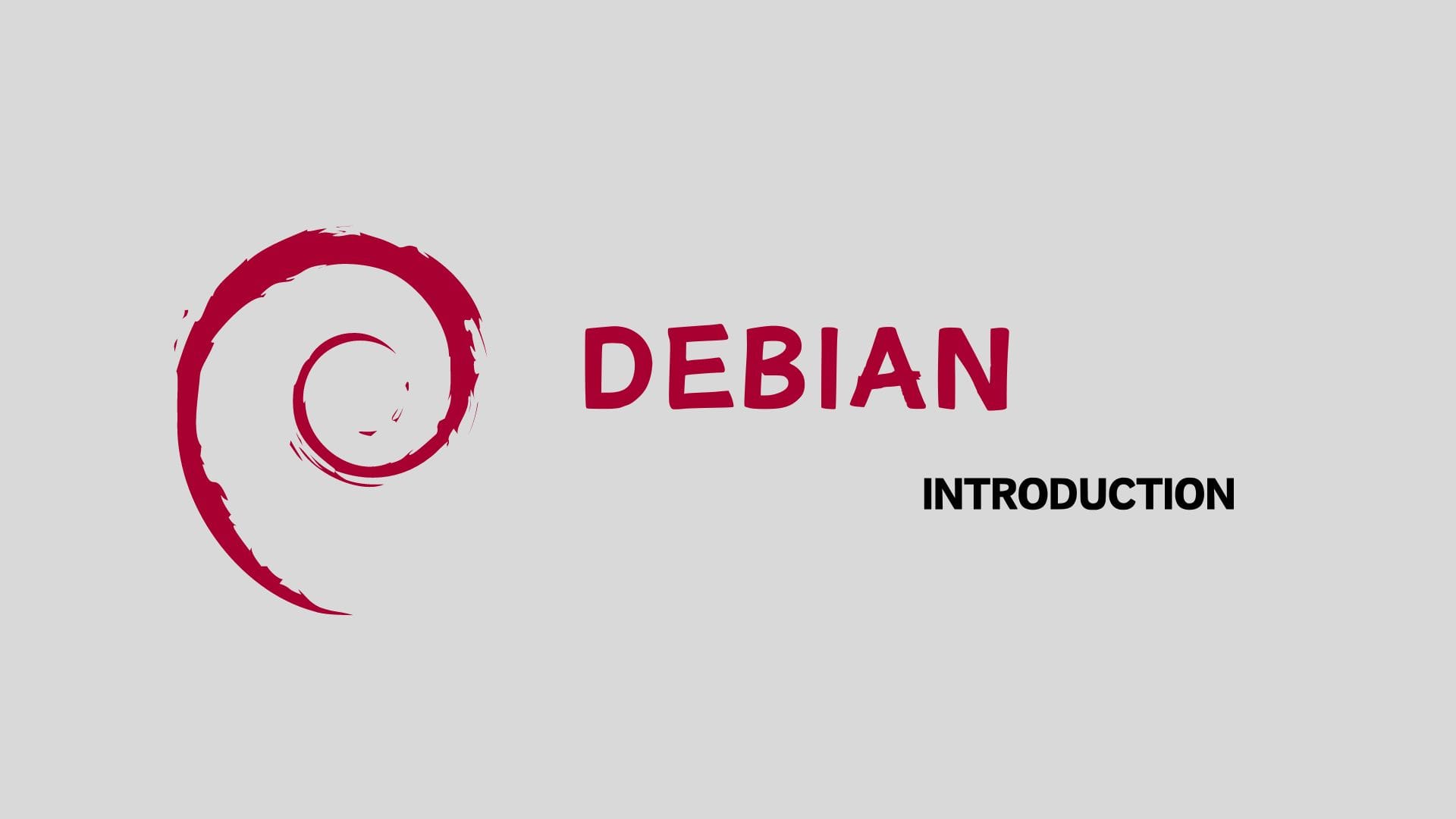Fedora VS Debian - which Workstation OS to pick
I recommend Debian for servers and Fedora for Workstation that's the sweet spot.

After years of using Debian, I finally took the step to migrate from Debian to Fedora. Here are some lessons I have learned.
Don't get me wrong, I don't hate Debian, I still and will continue Debian as it has its place but so does Fedora.
In Summary
I recommend Debian for servers and Fedora for Workstation that's the sweet spot.
Pick Debian if you are going for core stability and not functionality. Pick Fedora if you are going for overall decent stability and functionality.
Here is what I mean by functionality. The reason Debian is considered stable is because it runs on old and sometimes outdated software, that has been used for a while without any issues, and if any most of the bugs have been patched. The OS updates you get on Debian are mostly bug fixes and security patches.
The Debian team works on ensuring software in Debian will continue to work even in the coming next 10 years, which is great, for servers at least.
For day-to-day use, that level of stability is overkill. It's like trying to kill a cockroach with a machete. You'll succeed alright...but the tool of your choice was over board.
This is where Fedora comes into play, too much stability (stagnation) on Debian means you miss out on software/package updates. When you remove your head out of the sand, the software you use might not work for you as expected, because of how much it has changed over the period. All because you have not been getting the latest updates.
- Feel, looks and customization
- Software availability
- Stability
- Security
Fedora Introduction

Fedora is considered the testing ground for Red Hart enterprise OS. Most of the software in Fedora is considered bleeding age. This is because even though Fedora has its release cycle it is highly sponsored by Red hart.
Having a big cooperation backing on an open source project such as Fedora is both good and bad at the same time. On the good side, there is consistency in the quality of software released as they want the project to progress. Occasionally paid Red Hart employees work to improve Fedora. This means bugs a fixed quite fast. On the bad side, we are a testing guinea pig for their enterprise OS. Before releasing software to their paid OS Red Hart Enterprise first releases and tests the software on Fedora.
Debian Introduction

Debian is the mother to many Linux flavors including the most popular ones such as Ubuntu, Linux Mint, etc. You might ask why Debian and not Ubuntu. I have found over the years Ubuntu has gotten slower and more bloated. I made the transition from Debian to Ubuntu around 2022 after a lot of frustrations. If you still use it... I don't judge you, you do you.
Debian is more stable compared to Fedora which is no lie. You might even say boring, nothing breaks really. This comes with a cost however, your system may be running on outdated software. That's the trade-off.
LOOK, FEEL AND CUSTOMIZATION

Fedora Look, Feel and Customization
Since Fedora is considered bleeding edge, the OS ships with the latest software available. At the time of testing, I was using the gnome desktop environment. I did note some of my favorite gnome extensions did not work. This was because the gnome-shell version that was shipped with the fedora OS was so new that some of my favorite gnome extensions had not been released to support that gnome-shell version. There are workarounds of course...if you are lucky you will find someone who is not the creator of the gnome shell who has patched the gnome-shell to work with the new gnome shell. Alternatively, you can disable gnome-shell version detection on your gnome-shell.
Overall I did not get stuck and eventually all my favorite gnome extensions were installed.

Debian Look, Feel and Customization
Since Debian runs on old software most of my favorite gnome extensions were available. I had no problem setting up, everything ran smoothly.
I did get better touch screen support on Fedora for my laptop which was touch screen compared to my experience on Debian. I was using Debian 12 and on Nautilus (File Manager) double tapping on folders on the touch screen did not open folders when on Gnome Wayland. This was a known gnome bug and has been patched. But Debian shipped with the shell version. The issue did not replicate on Gnome on Xorg.
SOFTWARE AVAILABILITY

Debian has a larger software availability compared to Fedora. However, Fedora's software availability is also quite large. It is rare to find software on Debian that's not available on Fedora.
As mentioned Fedora software availability is also quite large in the Linux distribution family. Fedora comes integrated with flatpak. It should be noted you can install Flatpak on Debian but in Fedora, it comes pre-installed by default.
Here is a weird one about flatpak applications on Fedora. I did note, when downloading VLC from flatpak, the software size was close to 1 GB. It was 996MB to be exact. However, the quality and stability of VLC were just wow 👌—crisp quality on videos 720,1080, etc. Even Totem the default video player could not get near. You could argue that Flatpak contained VLC in the best environment with all the resources it needs to run VLC and it run perfectly. I was impressed.
Stability

The two OS's take different approaches to releasing OS updates. Fedora releases a new version every 6 months and Debian releases a new OS version after about 2 years.
Upgrades in Fedora from one OS to another are fairly stable. However, upgrades are upgrades there are chances of things going wrong while upgrading.
Debian offers 5 years long long-term support upon the OS version release as Fedora offers 13 months long long-term support upon the OS version release.
Overall you do more upgrades on Fedora compared to Debian.
Debian works better even on old hardware, unlike Fedora. However, Debian was released in 1993 and Fedora was released in 2003 which makes Fedora younger.
I did note my laptop's external speakers played better on Fedora compared to Debian.
I also found my laptop fans to run more quietly on Fedora than on Debian. It might have something to do with a new software release for hardware optimization available on Fedora that's not available on Debian, I don't know.
Security

Both OS are regularly and well patched through updates. You can decide whether to include using preparatory software or using open-source software only. I would give Fedora and Debian a rating of 5-5 on security.
Conclusion
I found Fedora to be the better OS for workstations, that is not to say Debian is any bad. The margins are quite small, it just makes more sense to use Fedora for the workstation over Debian. You can't move forward if you are afraid of change. Feel free to comment on suggestions.